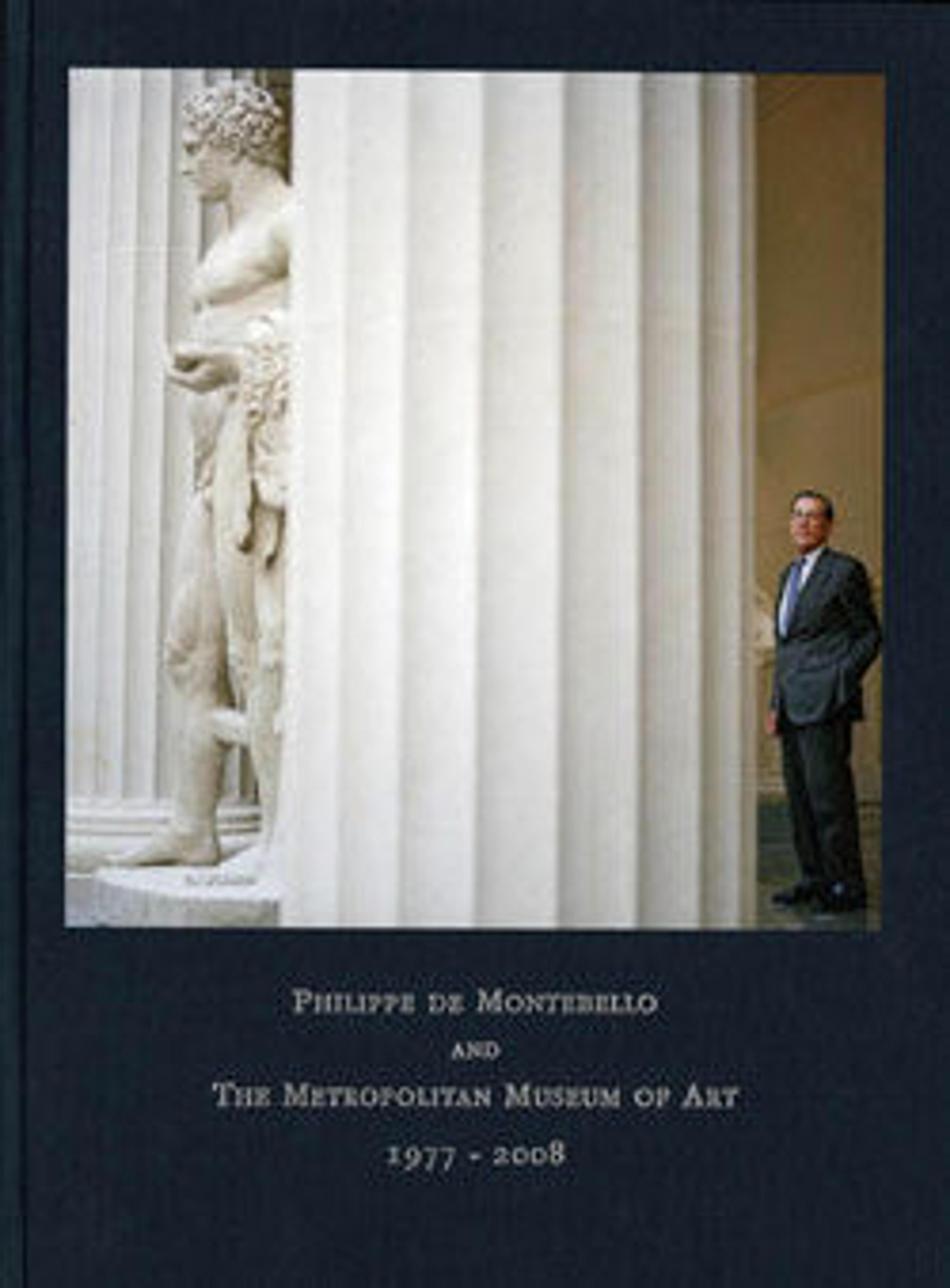Glass gold-band mosaic alabastron (perfume bottle)
Translucent cobalt blue, colorless, translucent turquoise blue, translucent honey brown, opaque white, and gold leaf.
Plain vertical rim, ground flat on top edge; recessed band below to receive neck and rim attachment; biconical body, expanding downwards to midway point, then slanting in to pointed bottom.
Gold-band mosaic pattern formed from serpentine lengths of two different canes in combinations of blue and turquoise outlined in white, with one having a band in brown backed with white, the other having a band in colorless encasing shattered gold leaf. The gold-band canes are repeated twice over the body.
Broken and repaired, with areas on fill around upper half of body; slight dulling, pitting of surface bubbles, faint iridescent weathering on body, and thick creamy weathering on rim, recessed band, and interior.
This is an unusually large gold-band alabastron with a rare pointed shape. Attached to the top was a detachable neck piece or stopper that is now lost. The neck piece had a broad, flat rim and was usually made in a different monochrome glass. A complete example can be seen in the Hellenistic Treasury.
Plain vertical rim, ground flat on top edge; recessed band below to receive neck and rim attachment; biconical body, expanding downwards to midway point, then slanting in to pointed bottom.
Gold-band mosaic pattern formed from serpentine lengths of two different canes in combinations of blue and turquoise outlined in white, with one having a band in brown backed with white, the other having a band in colorless encasing shattered gold leaf. The gold-band canes are repeated twice over the body.
Broken and repaired, with areas on fill around upper half of body; slight dulling, pitting of surface bubbles, faint iridescent weathering on body, and thick creamy weathering on rim, recessed band, and interior.
This is an unusually large gold-band alabastron with a rare pointed shape. Attached to the top was a detachable neck piece or stopper that is now lost. The neck piece had a broad, flat rim and was usually made in a different monochrome glass. A complete example can be seen in the Hellenistic Treasury.
Artwork Details
- Title:Glass gold-band mosaic alabastron (perfume bottle)
- Period:Hellenistic
- Date:1st century BCE
- Culture:Greek, Eastern Mediterranean
- Medium:Glass; cast, probably around a rod
- Dimensions:H.: 8 3/8 in. (21.3 cm)
- Classification:Glass
- Credit Line:Gift of J. Pierpont Morgan, 1917
- Object Number:17.194.285
- Curatorial Department: Greek and Roman Art
More Artwork
Research Resources
The Met provides unparalleled resources for research and welcomes an international community of students and scholars. The Met's Open Access API is where creators and researchers can connect to the The Met collection. Open Access data and public domain images are available for unrestricted commercial and noncommercial use without permission or fee.
To request images under copyright and other restrictions, please use this Image Request form.
Feedback
We continue to research and examine historical and cultural context for objects in The Met collection. If you have comments or questions about this object record, please contact us using the form below. The Museum looks forward to receiving your comments.
